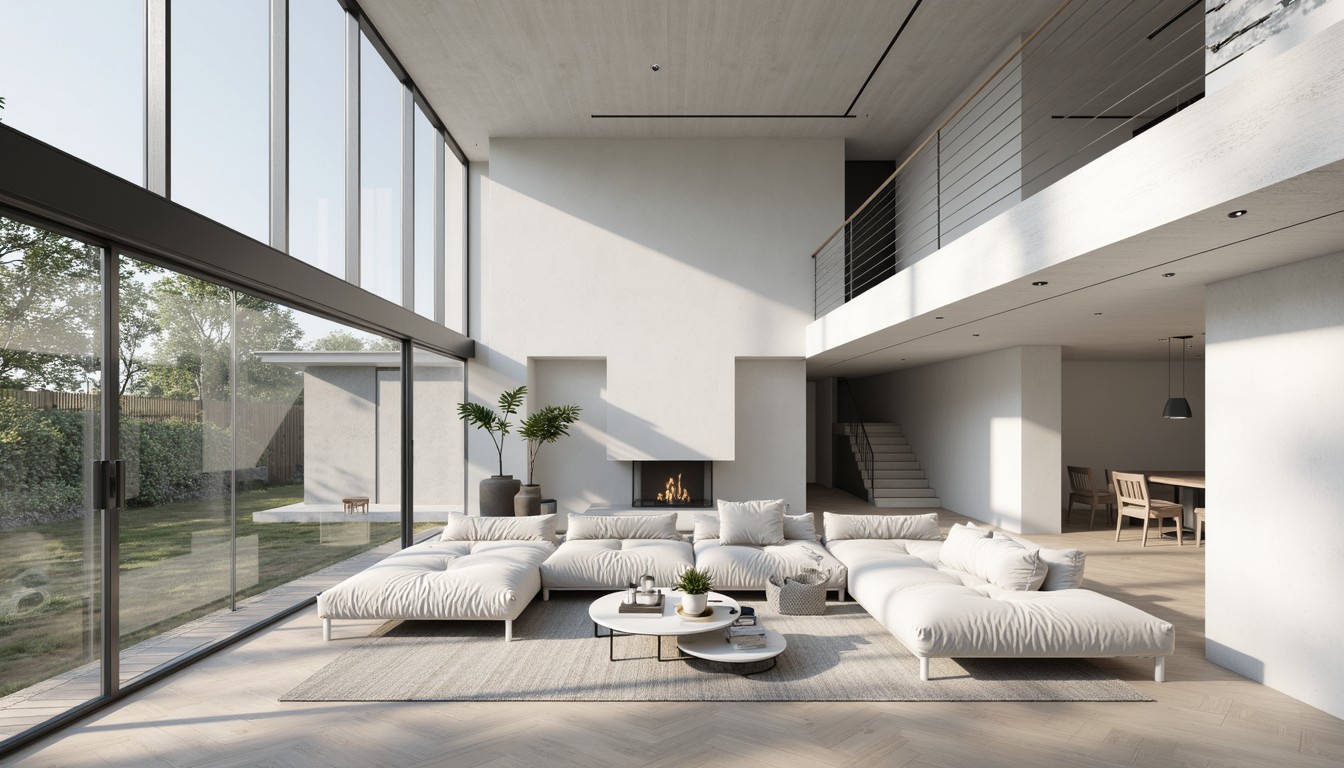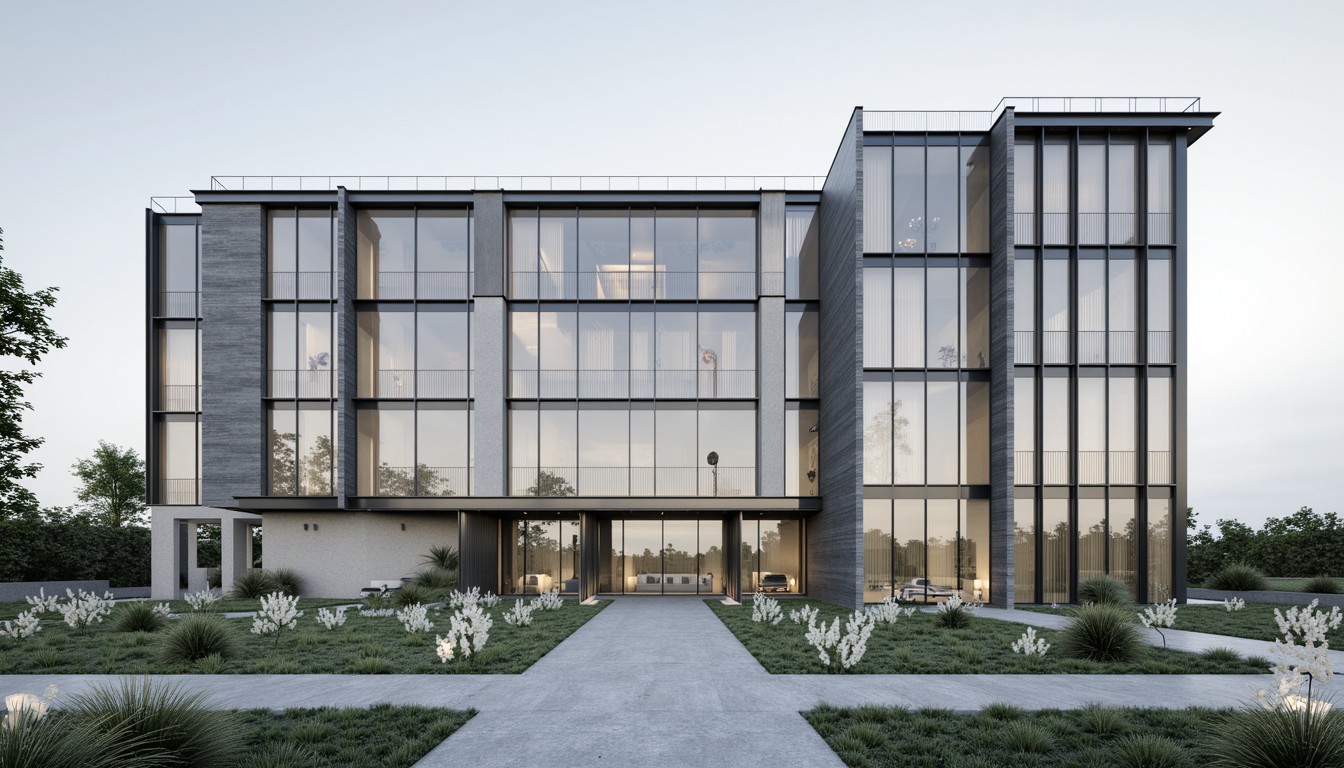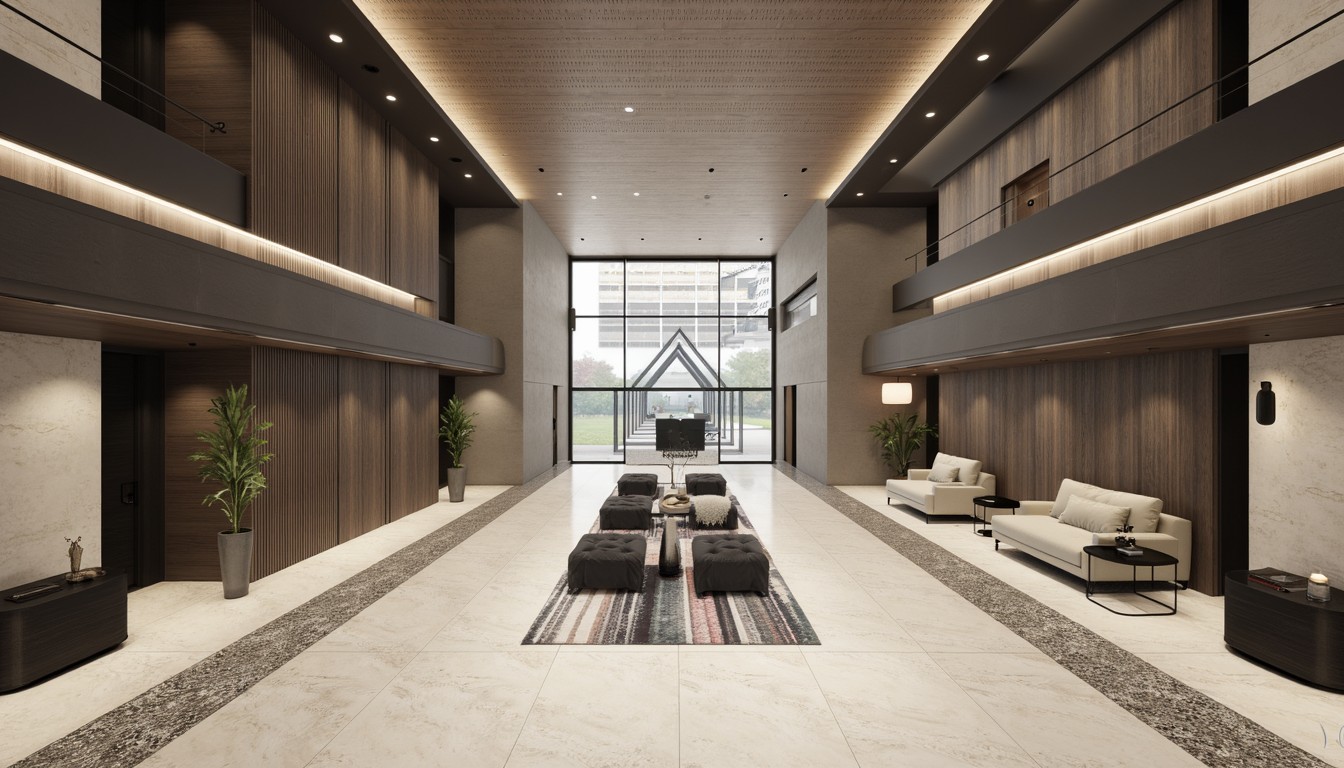AI-Powered Space Planning: A Design Revolution
The architectural landscape is undergoing a significant transformation, driven by the rapid advancements in artificial intelligence (AI). No longer a futuristic concept, AI is actively reshaping how architects and designers approach space planning, offering unprecedented levels of efficiency, creativity, and precision. At ArchNav, we're at the forefront of this revolution, harnessing the power of AI to deliver unparalleled architectural visualization services.
The Impact of AI on Space Planning

Traditional space planning often involves time-consuming manual processes, iterative design revisions, and potential for human error. AI algorithms are changing this paradigm by automating tedious tasks, optimizing designs based on complex data sets, and offering innovative solutions that were previously unimaginable. This translates to significant benefits for architects and clients alike:
- Increased Efficiency: AI can automate tasks like generating floor plans, calculating space requirements, and optimizing furniture placement, freeing up architects to focus on the creative aspects of design.
- Improved Accuracy: AI minimizes human error, ensuring precise calculations and adherence to building codes and regulations.
- Enhanced Creativity: By analyzing vast datasets and identifying design patterns, AI can suggest innovative and unexpected solutions, pushing the boundaries of creative possibilities.
- Faster Iteration: AI enables rapid prototyping and design iterations, allowing architects to explore multiple options quickly and efficiently.
- Data-Driven Decision Making: AI provides data-driven insights into space utilization, optimizing functionality and user experience.
Real-World Applications of AI in Space Planning

The applications of AI in space planning are diverse and rapidly expanding. Here are some key examples:
1. Automated Floor Plan Generation:
AI algorithms can generate multiple floor plan options based on specified parameters such as square footage, number of rooms, and desired functionalities. This significantly accelerates the initial stages of the design process.
2. Optimized Furniture Placement:
AI can analyze space dimensions and furniture dimensions to optimize furniture placement for maximum efficiency and aesthetic appeal. It considers factors like traffic flow, accessibility, and user comfort.
3. Virtual Reality and Augmented Reality Integration:
AI enhances VR and AR experiences by creating highly realistic simulations of designed spaces, allowing architects and clients to interact with and explore the design in a three-dimensional environment before construction begins. This improves communication and client satisfaction.
4. Predictive Modeling and Space Utilization Analysis:
AI can analyze occupancy patterns and usage data to predict future space needs and optimize designs for maximum efficiency. This is particularly valuable for large-scale projects like office buildings or hospitals.
5. Building Information Modeling (BIM) Integration:
AI seamlessly integrates with BIM software, enhancing data management and analysis. This allows for a more comprehensive understanding of the project and facilitates better collaboration among stakeholders.
Challenges and Considerations

While AI offers numerous advantages, it's crucial to acknowledge some challenges:
- Data Dependency: AI algorithms require large amounts of high-quality data to function effectively. The accuracy of the AI's output is directly tied to the quality of the input data.
- Computational Resources: Running sophisticated AI algorithms requires significant computing power, which can be a cost consideration.
- Ethical Considerations: Architects need to be mindful of the ethical implications of using AI, ensuring fairness, transparency, and accountability in the design process.
- Human Oversight: While AI can automate many tasks, human expertise remains essential to guide the design process and ensure creative vision is not compromised.
ArchNav: Leading the AI Revolution in Architectural Visualization
At ArchNav, we understand the transformative power of AI in architectural space planning. We leverage cutting-edge AI technologies to deliver superior architectural visualization services. Our team of expert architects and AI specialists work collaboratively to create stunning, accurate, and innovative visualizations that meet the unique needs of our clients. We are committed to pushing the boundaries of what’s possible, using AI to help you bring your architectural vision to life.
Contact us today to learn more about how ArchNav can help you harness the power of AI for your next project.
